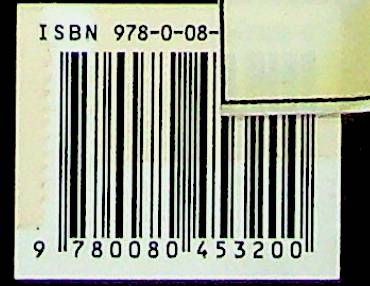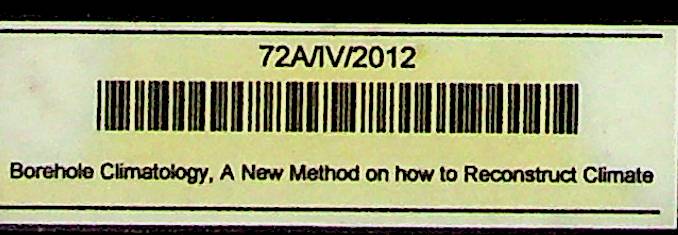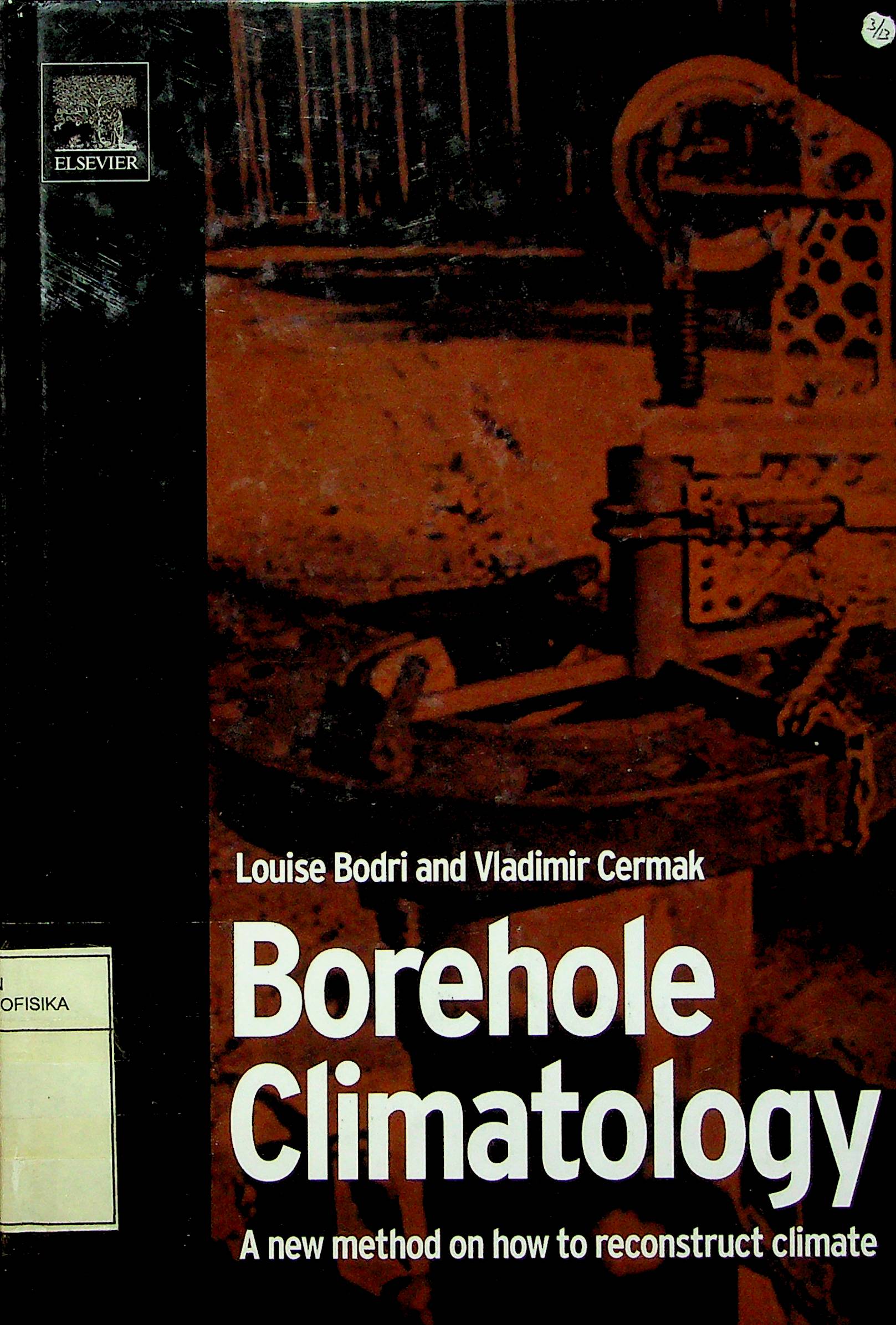Three of the major challenges that mankind will come across in the coming decades are increasing energy demand, threatening water shortage, and so far inscrutable climate warming. World climate has been always undergoing significant changes in the past, which were represented by irregular interchanging of colder and warmer cycles of varying duration. At present, however, we witness a pronounced global warming, which seems even to accelerate. Air temperature is rising rapidly as does increase in the weather variability producing frequent extreme events. Six of the 10 warmest years of the twentieth century occurred in the 1990s. Temperatures predicted for the twenty-first century ranges well above the present-day value. If such trend is to continue in the future, serious environmental consequences may be unavoidable. The time period of the last 100-200 years covered by the direct meteorological observations is too short and does not provide material to reliable assess what may happen over the next hundred(s) years. A faithful prediction of the future requires understanding how climate system works, i.e. to reconstruct past climate much further into the past. The estimates of climate variability prior to the existence of an instrumental record of surface temperature are derived from climate proxies. The need to better understand the temperature component of climate models and to extent it into the past inspired the development of a new direct climate reconstruction method (which we call here Borehole Climatology) based on tracing the subsurface “climate fingerprint” left by the past climatic changes. Borehole climatology enables climate reconstruction of the past several millennia, unlike proxy methods provides a direct past temperature assessment and can extend the areal range to the remote regions poorly covered with meteorological observations.The global warming is manifested by increasing mean surface air temperature. Surface temperature changes then propagate downward and impart certain temperature “signature” to the rock strata in the shallow subsurface that can be analyzed to yield direct information on the past climate history. The Earth’s subsurface represents, thus, a unique archive of the past climate data, which can be gained by inversion of the present-day temperature-depth profiles measured in boreholes. While the instrumental air temperature records cover only a relatively short period of one or two centuries, the alternative “geothermal” method provides useful research tool to infer paleoclimate variations on the long timescale. Significant progress that has occurred in the borehole climatology in the last two decades was the major motivation for the proposed book.Our book represents the state-of-art of “Borehole Climatology”. It explains the principles of the “geothermal” method, gives an account on various techniques of the ground surface temperature reconstruction and summarizes the major results to reveal the climate scenario spanning from Holocene to Recent. On the borehole temperature data taken in various locations all over the world we demonstrate examples of the interaction between the subsurface temperature response to time changes in the ground surface, vegetation cover, land-use, and urbanization. An incorporation of the geothermal data into a multiproxy reconstruction provides an independent estimate of the long-term temperature trends. Thus, the worldwide results of the borehole data analyses indicate, for example, that observed increase in the mean air temperature in the twentieth century is likely to be the largest of any preceding century of the past 1000 years. The final goal is to assess the magnitude of the present-day warming and to distinguish between the natural climate variability and the potential human contribution due to environmental pollution. Precise temperature-time monitoring in shallow subsurface can further provide the magnitude of the present-day warming within relatively short time intervals.We are grateful to have found a forum for Borehole Climatology research in this book, and we hope that it will contribute to the continuation and advance of the research work in this area in the future.
5
BOREHOLE CLIMATOLOGY
Louise Bodri and Vladimir Cermak
Penerbit :
Elsevier Ltd.
Tahun :
2007
Buku Text
-
No Scan45
-
No Klasifikasi551.631
-
ISBN
-
ISSN
-
No Registrasi72A/IV/2012
-
Lokasi Terbit
-
Jumlah Hal50
-
Label551.631 Bod b
-
Versi DigitalTIDAK
-
Versi FisikTIDAK
-
Lokasi Rak Buku Fisik//
-
Jumlah Exemplar Fisik Tersedia-






